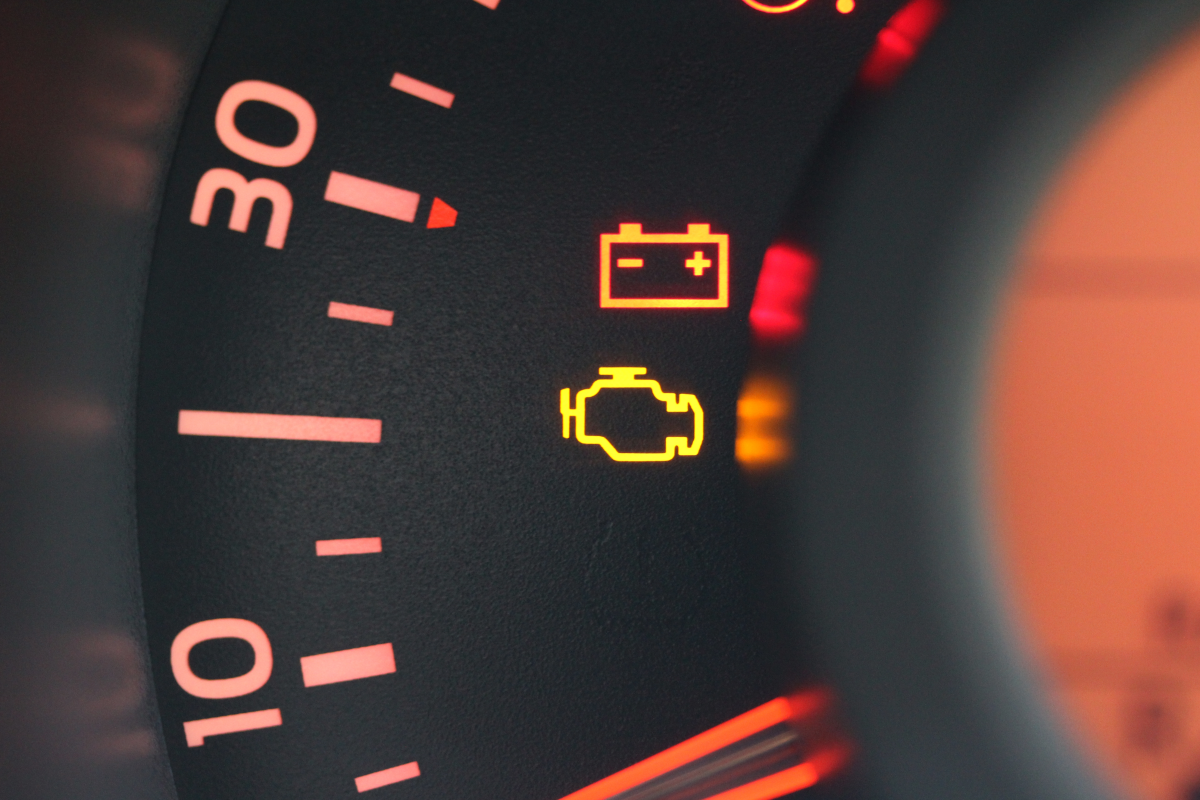Although we can continue driving for several kilometres, we should not take any chances.
Of all the lights and warning lights that can come on in the car’s instrument panel while driving, one of the most feared is the battery light. In some cars it is red and in others amber, but both colours generally indicate one of two things.
The most obvious is that the 12-volt battery is nearing the end of its life and is about to fail, or that the car’s alternator is faulty. In that case, we have little time left to continue driving.
Without an alternator, we have less than an hour to get to a garage.
First of all, remember that it is normal for the battery light to come on briefly when you turn the key and start the engine. But if the light stays on after you have started the engine, it is advisable to take the car to a garage as soon as possible. This may indicate a dying battery, a problem somewhere in the electrical system or a fault in the alternator.
However, if the battery warning light comes on while driving, it is most likely a fault with the alternator. And without an alternator, we will use up all the energy in the battery, quickly draining it. In other words, we will not have much time before the car shuts down completely and leaves us stranded.
On average, you can continue driving for between 30 minutes and an hour with the battery light on. But the distance, or time, that you can travel with a faulty alternator depends largely on the condition of the battery at the time it stopped working.
If the battery was fully charged, it may be possible to travel between several tens and several hundred kilometres. However, this requires minimal use of the vehicle’s electrical equipment, such as headlights, air conditioning or radio.

It is also important to note that driving with a faulty alternator is not without risk. Without proper recharging, the battery may become completely discharged, which could lead to total vehicle breakdown. Finally, prolonged use of the vehicle with a faulty alternator can damage other electrical components.
The alternator is a key component of the car’s electrical system, as it recharges the battery and supplies power to electrical accessories such as power windows, headlights, the infotainment system, air conditioning, and heated seats. It generates power by converting the movement of the crankshaft into electricity via a belt connected to the alternator pulley.
The alternator is usually a robust part that can last much longer than the car’s warranty. However, intense heat, excessive wear and tear, and water damage can shorten its lifespan.
In any case, if the battery light comes on, it is advisable not to take any chances by continuing to drive. The only possible solution if the alternator has broken down is to replace it with a new one, replace the belt if it is the source of the problem (if the alternator is working properly) and install a new battery, or, failing that, charge it so that it regains its capacity.





